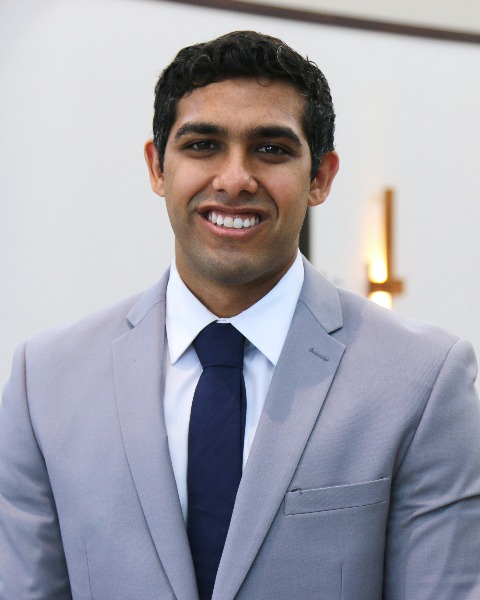Urological Surgery
Socioeconomic Factors Affecting Patient Engagement with Sensitive Urologic Social Media Content
Reference 2: 0
Reference 3: 0

Navid Leelani, DO
Men's Health Clinical Research Fellow
Cleveland Clinic
Cleveland ClinicDisclosure(s): No financial relationships to disclose
- PB
Primary Presenter(s)
Researcher(s)
As the use of social media becomes more prevalent within healthcare practices, it is important to understand how patients may engage with social media posts by their physicians. The conditions addressed within the field of urology are often particularly sensitive in nature, particularly within the realm of sexual medicine. Therefore, patients might be less likely to engage with social media posts from their urologists based on their own comfort levels and privacy concerns. A previous study evaluating this interaction determined the likelihood to engage varied based on age and gender. However, social media engagement patterns in sensitive topics based on socioeconomic background have not been previously evaluated. This study aims to determine the likelihood of patients in a community urology practice to engage with sensitive social media posts by their urologist according to socioeconomic factors. The likelihood to engage actively (defined as commenting or sharing) versus passively (defined as liking a post) on two different topics within the scope of urology was determined. The two topics used were erectile dysfunction (ED)/urinary incontinence and kidney stone prevention.
Methods or Case Description:
Participants completed a survey that included basic demographic questions as well as questions determining their potential likelihood to engage on the different topics using a visual analog 5-point Likert scale. Responses on the Likert scale were given a value of one (very unlikely) to five (very likely), and a two-tailed Mann-Whitney U test with an α of 0.05 was used to determine the significance of differences in responses. For analysis of the Likert scale responses, only those respondents who had social media accounts were included.
Outcomes: The final sample consisted of 293 responses with a 93.0% response rate. Of respondents, 65.7% had a social media account (n=286). Of those respondents that had a social media account, 50.5% had an annual income under $50,000. There was no significant difference in the likelihood to follow their urologist on social media for those with an annual income under $50,000 in comparison to those over $50,000. When looking at the overall likelihood of engagement, those with an annual income of less than $50,000 were more likely to actively engage compared to those making over $50,000 (p-value = 0.02. When stratifying by topic, those making less than $50,000 were more likely to actively engage on the topic of ED/urinary incontinence than those making more than $50,000 (p-value = 0.02).
Conclusion: Patient education via social media is an effective tool for urology practices to engage with patients. Engagement with this content is greater among lower-income patients. Further investigation is needed to determine whether increased engagement with online content translates to improved health outcomes.
Learning Objectives:
- Upon completion, participants will be able to predict patient engagement with a social media page
- Upon completion, participants will be able to define passive and active engagement over social media
- Upon completion, participants will be able to value the use of social media within a urology practice

